Creamy homemade oil-free vegan mayo, the essential go-to condiment, is easy to make without super-powered equipment. We’ve got a few techniques to share so that you can enjoy the creamiest mayo without unhealthy, added oils.
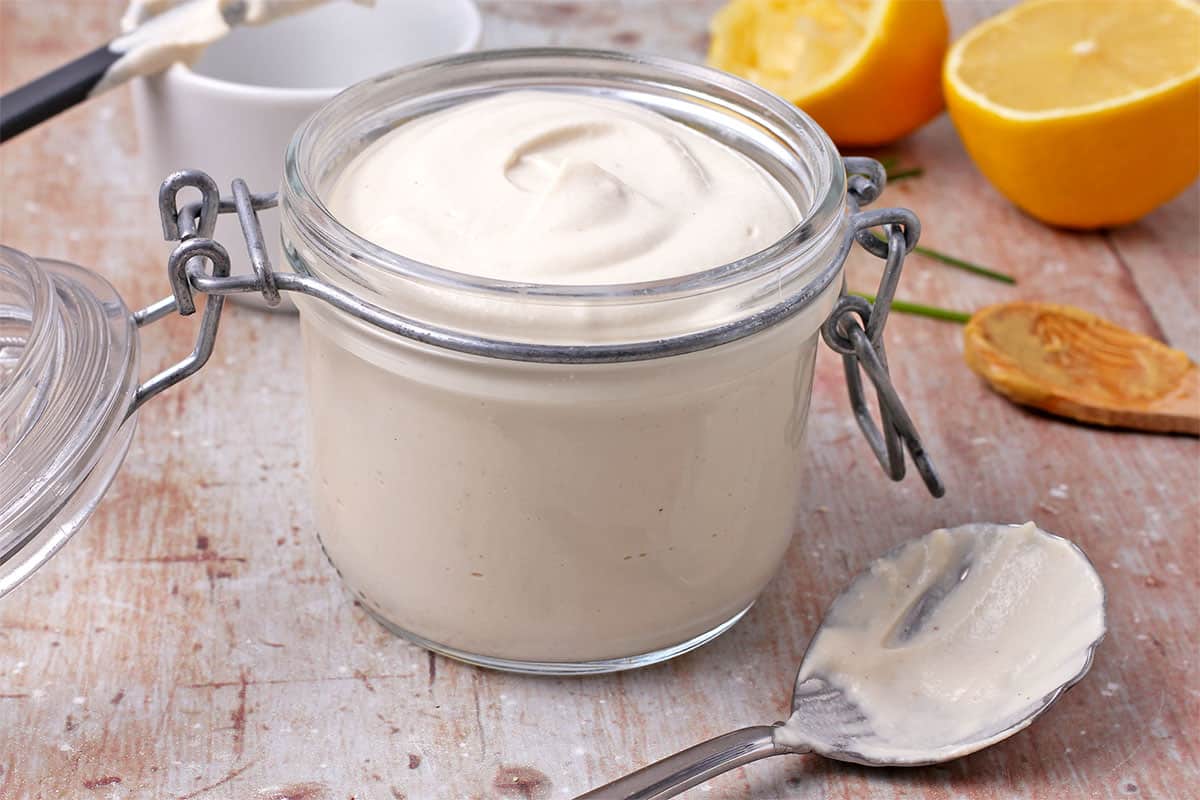
Why you need this recipe
Who doesn’t love mayo? It’s the ultimate spread for burgers, sandwiches, quick salads. But traditional mayo isn’t vegan. And many of the store brands of vegan mayo contain added oil, sugar, and other additives.
So you’re left with three choices. You can keep searching and eating dry sandwiches. Or you can compromise. Finally, make your own.
Personally, spending my time looking for something that may or may not exist and compromising are not my happy places. That’s all the motivation I needed to make my own.
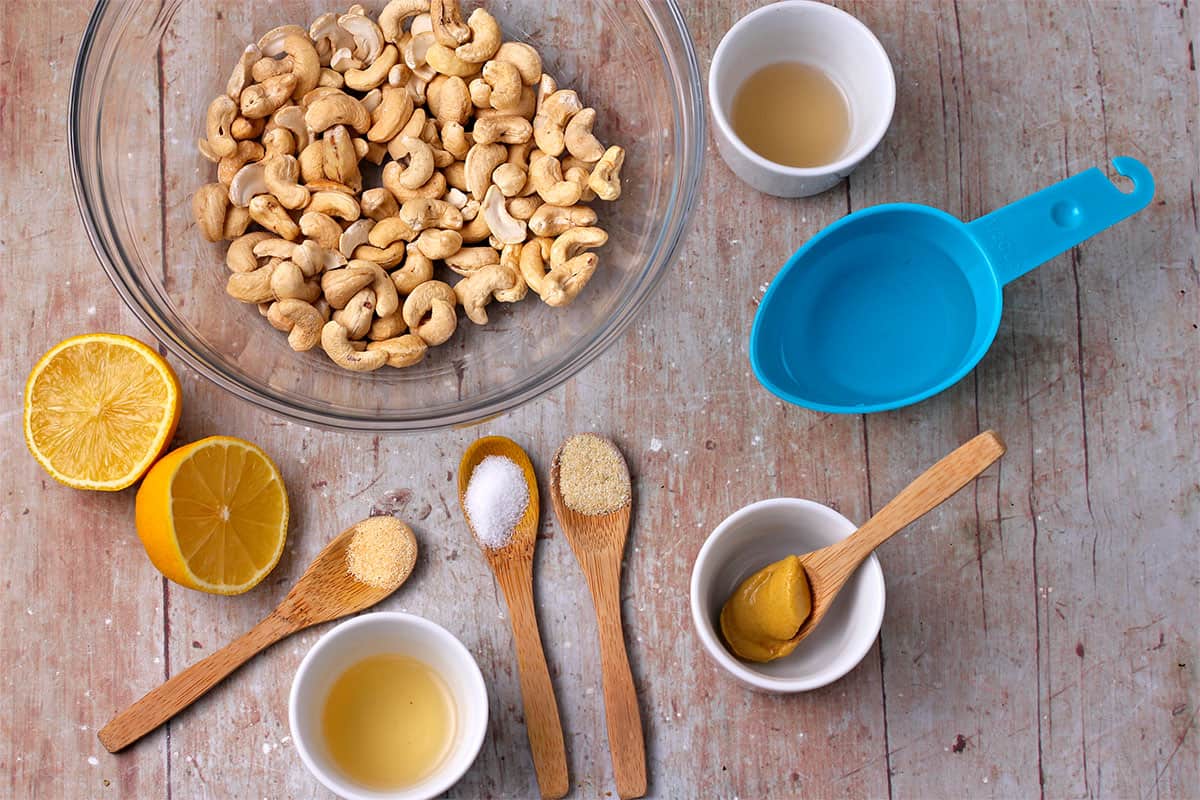
You’ll need 9 ingredients for this recipe. Most of them are cupboard staples, but a few you’ll want to double-check.
Raw cashews – Raw cashews are essential. We’re talking the white ones, nothing roasted or salted. Roasted cashews might be tasty for snacking, but their flavor is not meant for mayo.
Lemon juice and apple cider vinegar – Both of these ingredients are acids, but they have distinctly different flavors. This is why they are often used in conjunction. I’ve tried a few times to make plant-based sour cream without one or the other, and the flavor is never quite right. The same thing holds for mayo.
Mustard – Using a teaspoon of prepared mustard won’t alter the color but adds more umami than just saltiness.
Garlic powder and onion powder – Lean more on garlic powder than onion powder by 2 to 1. Use garlic powder here. Fresh garlic will overpower mayo, and you’ll be left with garlic aioli (sort of). Good recipe, but not our intent.
Salt – Salt should be the last thing you add. Taste the mayo first because, if you’ve already added mustard, you may decide you don’t want it at all.
White Balsamic vinegar – The secret ingredient! Thick, sweet, with a subtle vinegar flavor, white balsamic is clean tasting sweetener with a touch of acid.
I used to think of balsamic in terms of the traditional rich red nectar poured from slightly expensive bottles. And I’d never considered adding white balsamic to something like arrabbiata sauce. Nor would I consider adding red balsamic to mayo. In a word, don’t switch them up. They are not the same.
White balsamic is not the same as white vinegar or white wine vinegar. If you want a substitute, my suggestion is to use ½ a teaspoon of lightly colored date paste or maple syrup. The taste may be slightly sweeter and not as light, but think sweet-tasting when you consider substitutes.
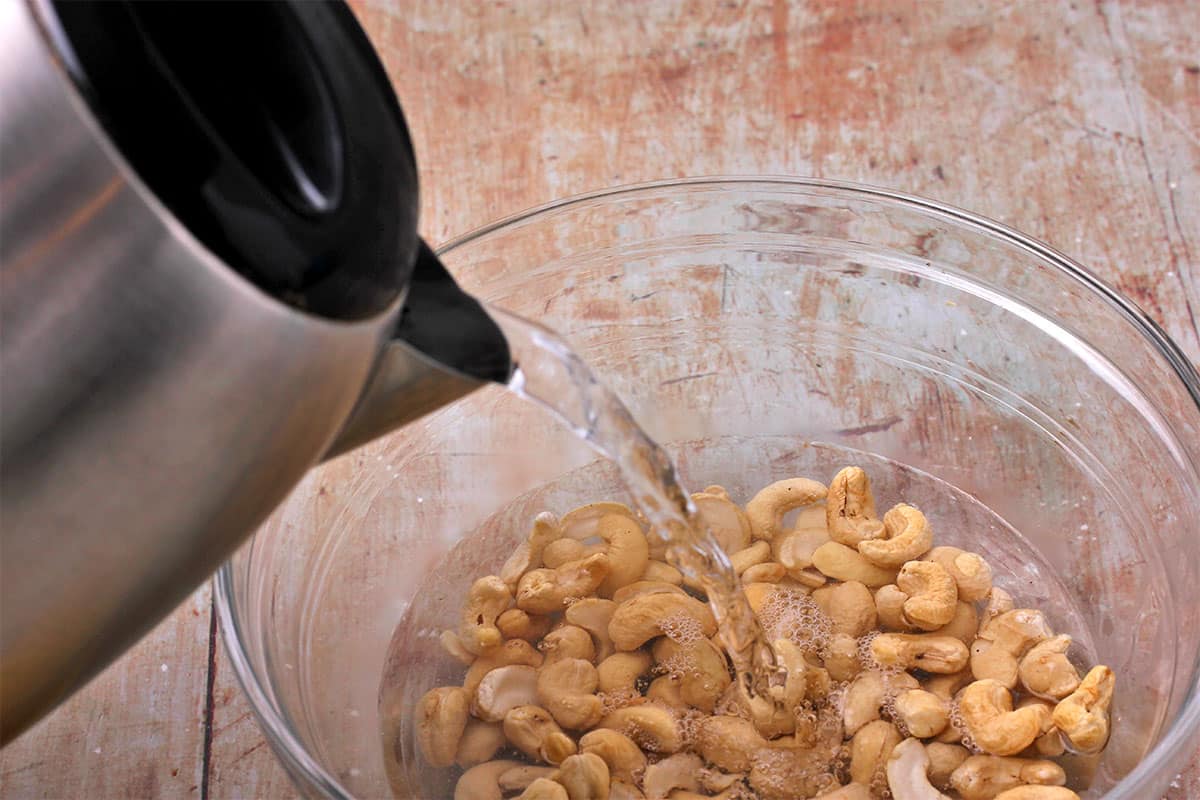
Preparing cashews
I often see recipes with beautifully whipped concoctions, only to discover that my average Joe kitchen equipment won’t produce the same results. That’s not about a poor recipe, but it requires a tweak of process.
If you have a high-speed blender, first, I’m envious. You may not need to follow my process. But ff you’ve tried making cashew creams and the results have not gone as smoothly, or the results are gritty, read on. I’ve got ideas for you.
Five ways
There are four ways you can prepare cashews for blending.
- Boiling-water soak – This is hand’s down, my favorite way. Place the cashews in a bowl and cover them with boiling water. Allow the cashews to soak for 30 minutes (or longer). Something about the boiling water makes this method even better than our second method.
- Overnight soak – Cover the cashews with water and let them soak overnight.
- Boiling – Boil the cashews in water for 15 minutes.
- Steaming – Yes, steaming. I use this method when making cauliflower Béchamel because the cashews can jump in with steaming cauliflower. Place the cashews in a basket steamer over boiling water, place the lid over the pot and steam the cashews for 15-20 minutes.
- Grinding – Place dry cashews in a spice or coffee grinder and pulverize them into a fine powder. This used to be my go-to method, but I’ve discovered that the boiling soak works a bit better. This may be nothing more than a difference in the cashews I’m using, but it’s been my experience.
Always rinse and drain cashews before using them (the only exception are the ground cashews). Oversoaked cashews can turn bitter and rancid. 8 hours is the top of the soaking boundary.
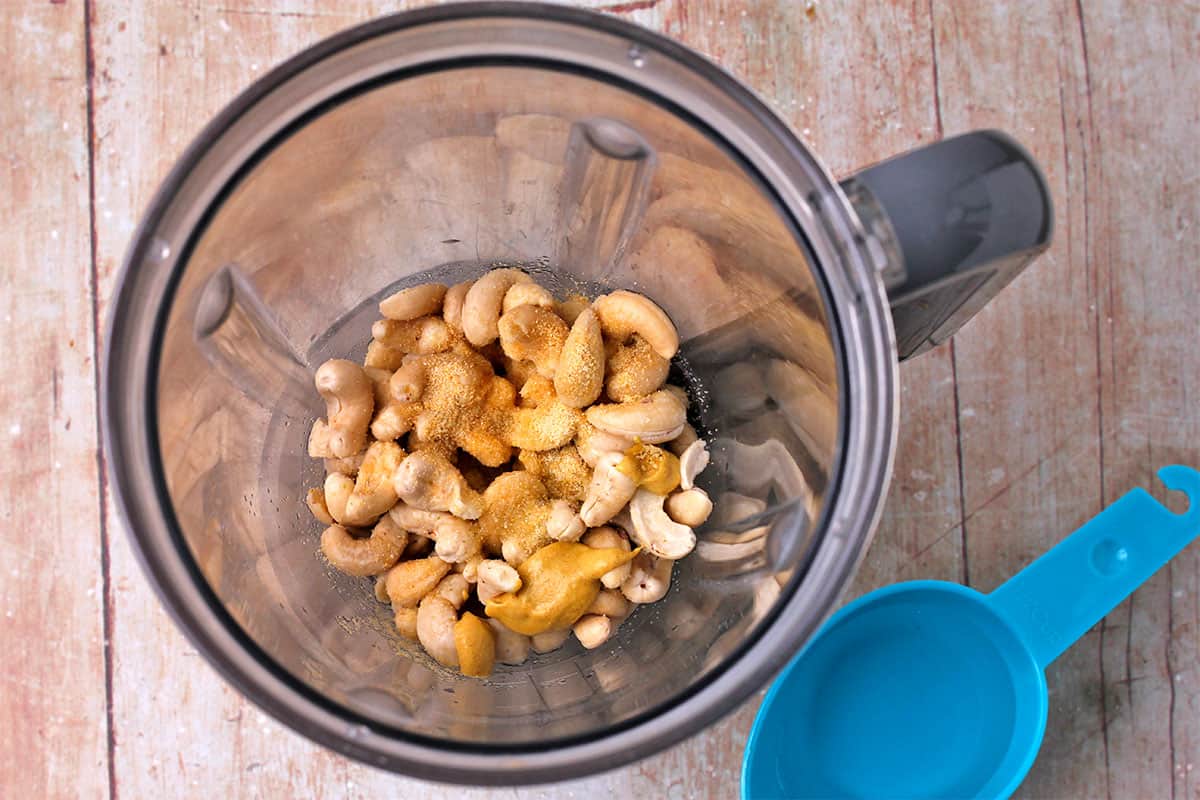
Pro tips
Use a blender, not a food processor. Real estate counts. If you place your cashews in a large container, they won’t create the necessary friction to blend smoothly.
By design, blenders push the food down into the blades, creating enough space for the ingredients to move about and still interact. Whizzing around without conflict won't achieve your creamy goals.
If you don’t have a blender or a small container for your food processor, try using an immersion blender. It gives you more control for targeting stubborn cashews.
Add water a little at a time. I usually start with NO water and blend for a few minutes, then begin adding water. Less liquid at the beginning creates better friction between the cashews.
When you start adding water, do it a few tablespoons at-a-time. Be sure to scrape the sides of the blender to catch all the contents.
Be patient – I’ve started what appeared hopeless cashew blending and ended up with smoothness beyond my wildest dreams. All it takes is patience. Don’t be afraid that it takes 15 minutes to get a smooth blend. Everything depends on the power of your blender and the response of your cashews to the preparation process.
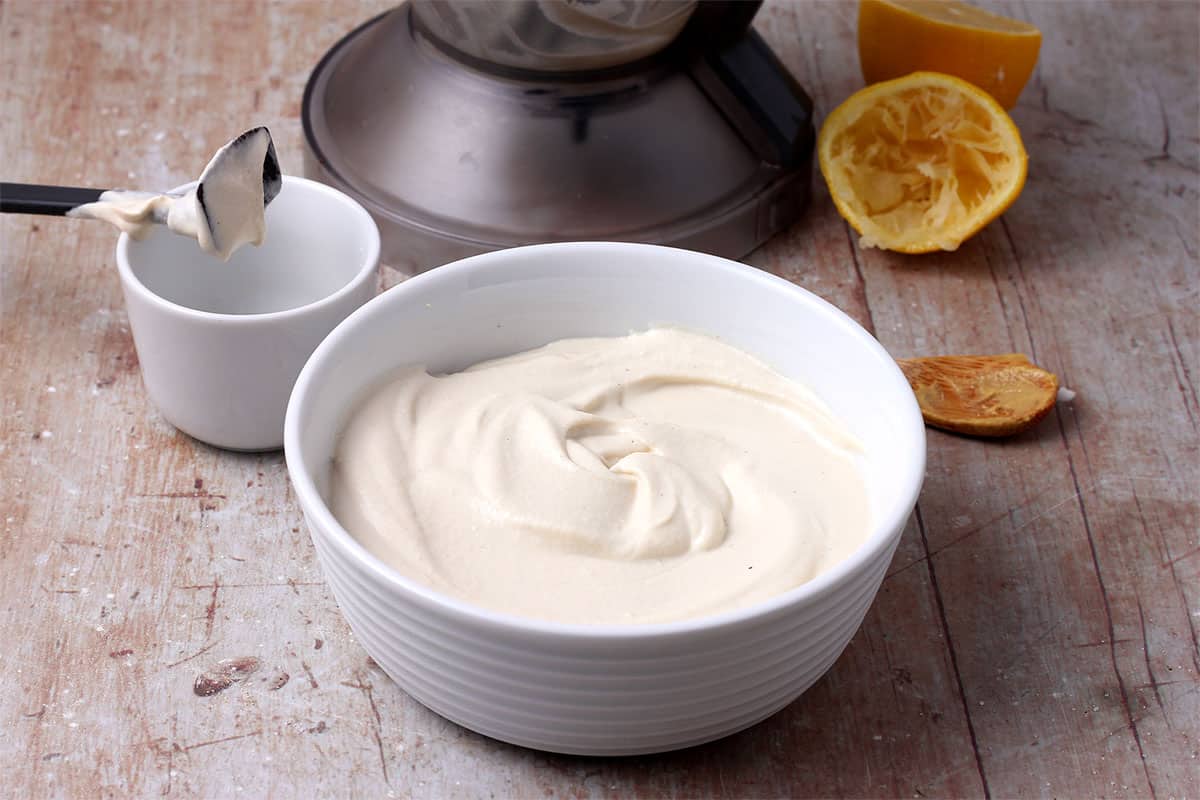
common questions
If you have a super-high-speed blender, then you don’t need to soak the cashews. Another approach is to grind dry cashews into a fine powder in a spice or coffee grinder. The creamy results will depend on the power of your blender. For best results, we recommend soaking the cashews in boiling water.
If you are soaking cashews overnight, it’s safest to store them in the refrigerator. Even for a short soak, they’ll be fine on the countertop. For both methods, be sure to drain and rinse the cashews before using them.
Homemade vegan mayo will last a week in the refrigerator in a sealed jar or container. You may want to give the mayo a quick stir before serving or add a few drops of lemon juice to freshen it up.
Unfortunately, you can’t freeze vegan mayo. Once thawed, it will be watery, and the flavors will dissipate. You can, however, freeze soaked cashews.
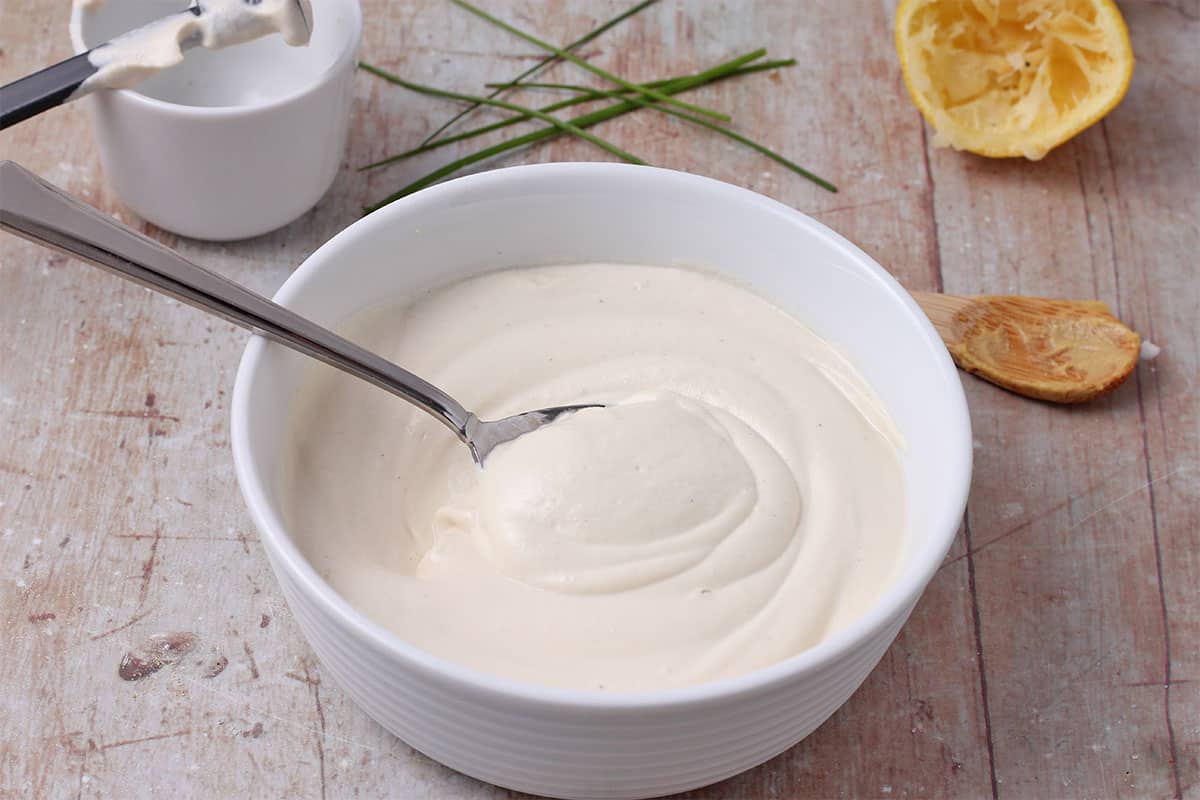
more cashew recipes
homemade oil-free vegan mayo
Creamy homemade oil-free vegan mayo, the essential go-to condiment, is easy to make without super-powered equipment.
- Prep Time: 45 min
- Cook Time: 0 min
- Total Time: 45 minutes
- Yield: 12 1x
- Category: condiments
- Cuisine: American
- Diet: Vegan
Ingredients
- 1 cup raw cashews
- 1 Tbsp. fresh lemon juice
- 1 Tbsp. apple cider vinegar
- 1 tsp. prepared mustard (mild or Dijon)
- 1 tsp. of garlic powder
- ½ tsp. onion powder
- 1 -2 tsp. white balsamic vinegar
- ¼ tsp. sea salt
- ¼ - ⅔ cup of water
Instructions
- Soak the cashews by adding them to a bowl, then covering them with boiling water (about 2-3 cups). Allow the cashews to soak for 20-30 minutes.
- Once the cashews are soaked, drain and rinse them. Then add them to a blender along with lemon juice, apple cider vinegar, mustard, garlic powder, onion powder, and white balsamic vinegar.
- Secure the top of the blender, then start blending to allow the cashews to break down. Add water, 2 tablespoons at a time. Blend after each addition.
- Be sure to scrape the sides of the blender and keep adding water until you have a consistency you like.
- As you get closer to the consistency you want, be sure to taste and adjust the balsamic vinegar and add salt if desired.
- Store the mayo in a jar or sealed container for a week.
Notes
- The creamiest results are dependent on the cashews you use, how you prepare them, and your blender.
- We advise using a blender rather than a food processor. You want a small enough space to allow friction between the cashews. This helps create a smooth blend.
- Be sure to use raw cashews, roasted or salted cashews are not advisable as the flavor will be unpleasant.
- If you have a super-high-speed blender, you may not need to soak the cashews. We’ve found the boiling-water soak to yield the best results. You can also try soaking the cashews overnight, boiling or steaming them for 15 minutes, or grinding them into a fine powder.
- Avoid soaking cashews for more than 8 hours. After that, they can take on a bitter flavor. You can also change out the water after 4-6 hours to keep the flavor fresher.
Nutrition
- Serving Size:
- Calories: 72
- Sugar: 0.9 g
- Sodium: 55.2 mg
- Fat: 5.5 g
- Carbohydrates: 4.3 g
- Protein: 2.4 g
- Cholesterol: 0 mg


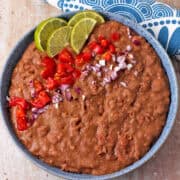
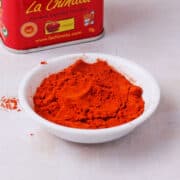
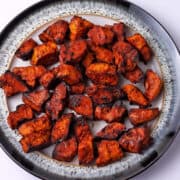

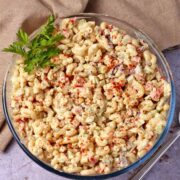
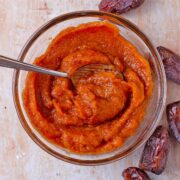

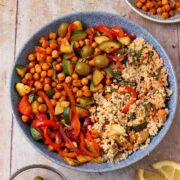
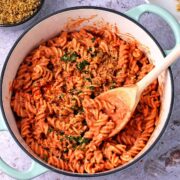

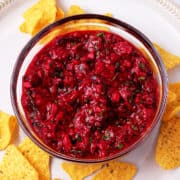
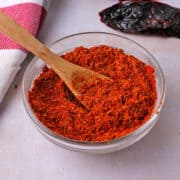
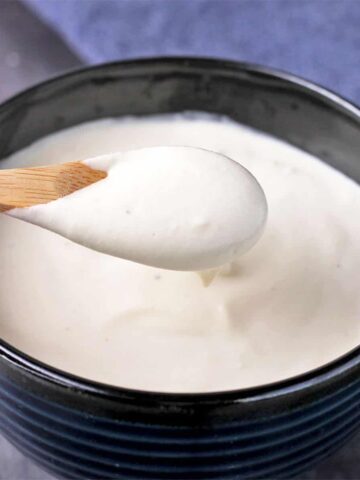
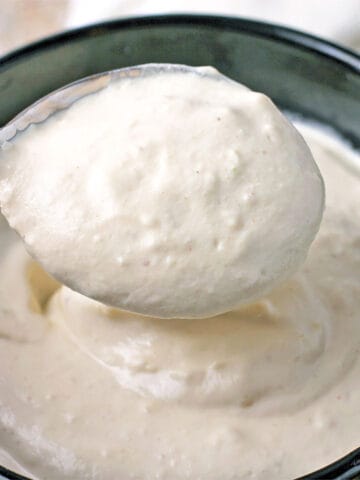
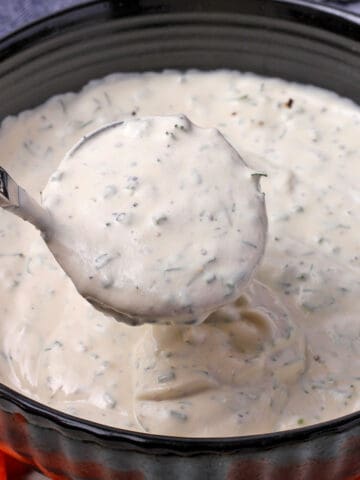
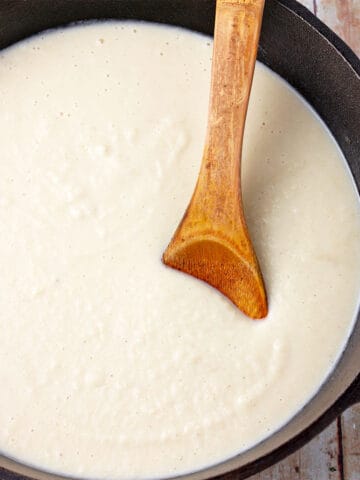
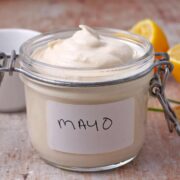
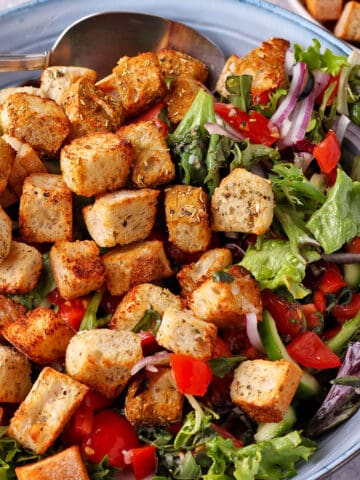
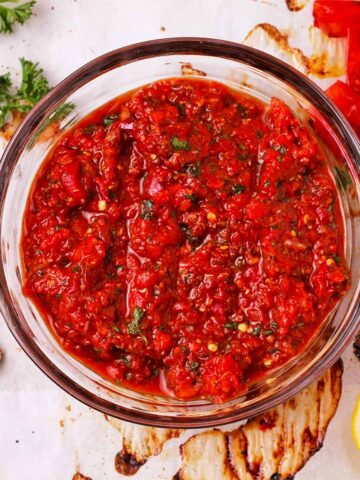

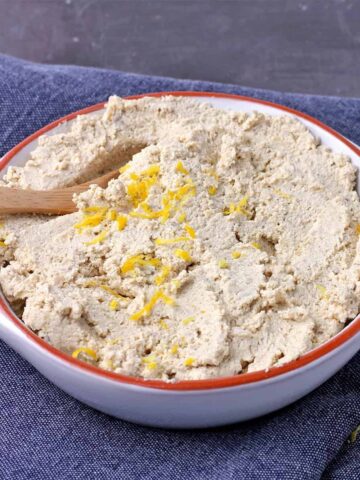
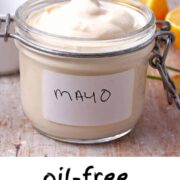
Pam
Hi Denise,
I am going to make this tomorrow.
I loved your chickpea burger recipe and I want to try some of this mayo on!!
Keep the recipes coming PLEASE
Denise
Pam, that's a great call! We love this mayo recipe and you can even add a touch of sriracha or extra garlic. You've really inspired me too. Thank you!
Bob C
I'm sure this recipe tastes great but calling it "oil-free" is very misleading. The whole point of oil-free recipes is to greatly reduce the fat content of the food you're creating. This recipe doesn't do that; nearly 70% of its calories are from fat (cashews are very high in fat). When you can create a recipe that is truly low in fat (10% or less of calories from fat), then you'll have created something worthy of the "oil-free" claim.
Denise
Hi, I appreciate your concerns. Oil-free refers to the fact that there is no added processed oil. Cashews contain natural oil (as does tahini) and are considered part of whole food, plant-based diet (in moderation). That's not the same as fat-free, which they aren't. If you want a lower-fat mayo, consider using white beans to replace all or part of the cashews. Or use sunflower seeds which have more polyunsaturated fats than cashews. Hope this helps.
SuzieQue63
Great mayo and use it for everything
Denise Perrault
Yahoo! It's our favorite too - the best way to top a burger 🙂